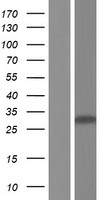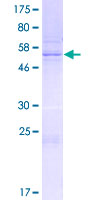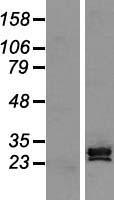order histories, retained contact details for faster checkout, review submissions, and special promotions.
Forgot password?
order histories, retained contact details for faster checkout, review submissions, and special promotions.
Locations
Orders Processing,
Shipping & Receiving,
Warehouse
2 Shaker Rd Suites
B001/B101
Shirley, MA 01464
Production Lab
Floor 6, Suite 620
20700 44th Avenue W
Lynnwood, WA 98036
Telephone Numbers
Tel: +1 (206) 374-1102
Fax: +1 (206) 577-4565
Contact Us
Additional Contact Details
order histories, retained contact details for faster checkout, review submissions, and special promotions.
Forgot password?
order histories, retained contact details for faster checkout, review submissions, and special promotions.
SYCP3 / SCP3
synaptonemal complex protein 3
Component of the transverse filaments of synaptonemal complexes (SCS), formed between homologous chromosomes during meiotic prophase. Has an essential meiotic function in spermatogenesis. May be important for testis development. Required for efficient phosphorylation of HORMAD1 and HORMAD2.
| Gene Name: | synaptonemal complex protein 3 |
| Synonyms: | SYCP3, SCP3, SPGF4, Synaptonemal complex protein 3, SCP-3, COR1 |
| Target Sequences: | NM_153694 NP_710161.1 Q8IZU3 |
Publications (18)






If you do not find the reagent or information you require, please contact Customer.Support@LSBio.com to inquire about additional products in development.









